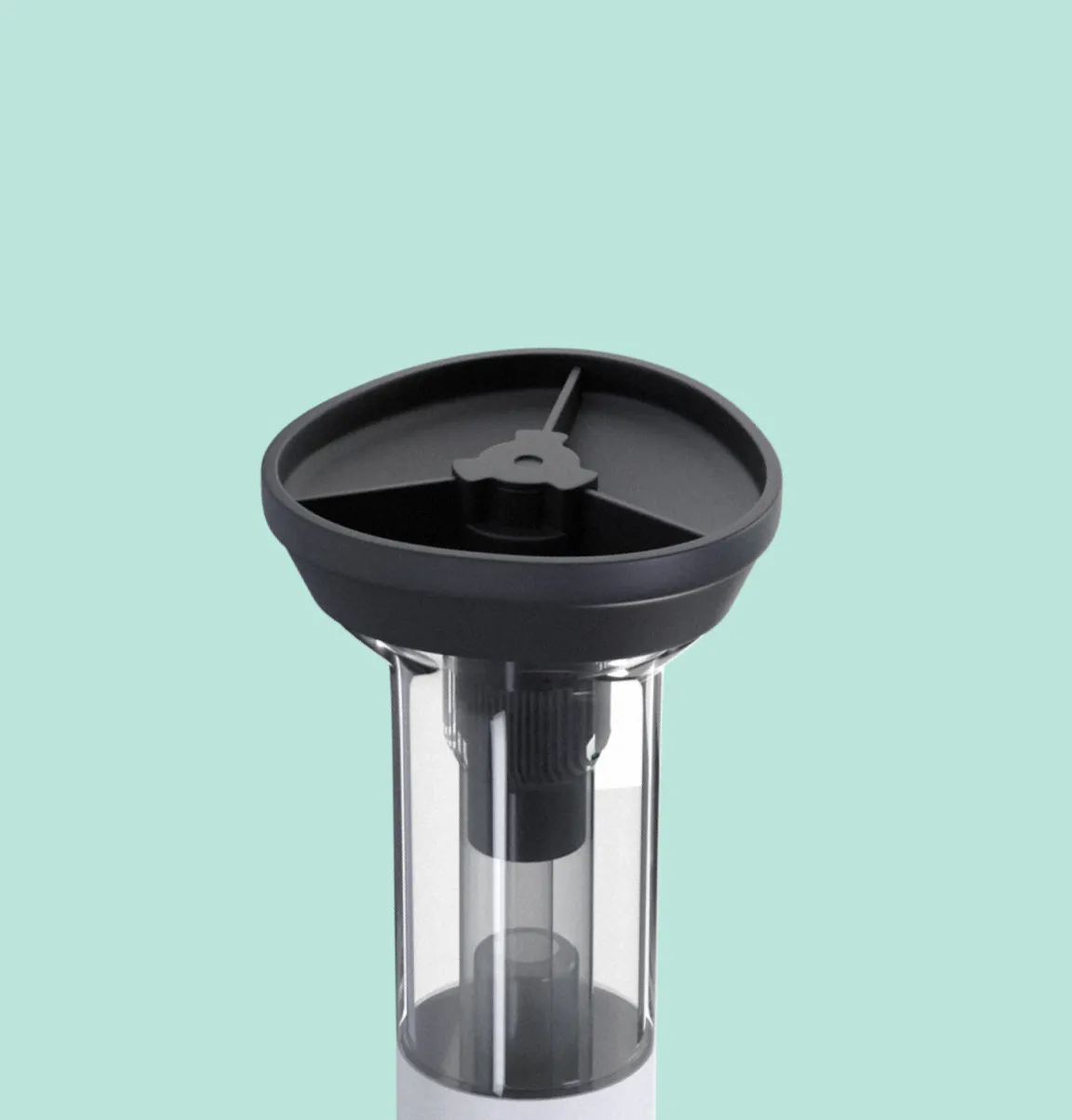Tirzepatide Dosing for Weight Loss in Units: From Start to Maintenance
Tirzepatide dosing for weight loss in units: convert mg to syringe units, step-up schedule, missed-dose rules, and maintenance dose tips.
- Start low and go slow: 2.5 mg weekly for 4 weeks, then increase by 2.5 mg steps if tolerated.
- Convert correctly: Step 1. mL = dose (mg) ÷ concentration (mg/mL); Step 2. Syringe units = mL × 100 (e.g., 5 mg at 10 mg/mL→0.5 mL→50 units).
- Concentrations vary by product; always verify the label before converting to units.
- Side effects often peak around dose increases; holding or reducing the dose may help. Always consult with your physician for appropriate dosing instructions.
- Your “maintenance dose” is the lowest weekly dose that meets goals with acceptable side effects.
- If you miss a dose: if you’re less than or equal to 4 days late, take it; if more than 4 days late, skip and resume the next scheduled day; longer gaps may require a lower restart dose; ask your clinician.
- Educational content only; work with a licensed clinician for an individualized plan.
Tirzepatide dosing for weight loss starts with a low dose that gradually increases over time, and for good reason. While clinical trials have demonstrated meaningful weight loss with medications containing tirzepatide when used in conjunction with lifestyle measures, individual results vary and depend on the dose, duration, and adherence.* If you’re converting a Mounjaro® dose for weight loss into syringe units or curious about a possible Zepbound® maintenance dose, this article explains the math, timing, and safety cues so that you can work with your clinician toward the appropriate tirzepatide maintenance dose for you. For brand-specific indications and clinical details used in trials (Zepbound® and Mounjaro®), see our comparison guide.
Note: Mounjaro® is FDA-approved for adults with type 2 diabetes and is not FDA-approved for weight loss; any weight-loss use is off-label and determined by a licensed clinician. Zepbound® is FDA-approved for chronic weight management in eligible adults.
A thoughtful dosing schedule helps balance potential benefits with tolerability. Treatment usually begins at 2.5 mg once weekly and is increased to 5 mg after approximately four weeks. Patients may reach maintenance doses of 5 mg, 10 mg, or 15 mg based on their individual health needs and response. Continuing therapy may help maintain benefits for some people, and stopping can lead to weight regain. Work with your clinician to develop a plan that aligns with your goals and tolerability.
*The clinical trials used the FDA-approved brand name medications containing tirzepatide, Zepbound® and Mounjaro®.
What Is Tirzepatide
Tirzepatide is a once-weekly subcutaneous medication that activates both glucose-dependent insulinotropic polypeptide (GIP) and glucagon-like peptide-1 (GLP-1) receptors involved in appetite and glucose regulation. The brand-name medications Zepbound® and Mounjaro® come in multiple strengths up to 15 mg. Most people start at lower doses and increase gradually. Individual response and tolerability vary.
{{primary-cta}}
Step-by-Step Dosing: From First Shot to Full Dose
Why the 2.5 mg start?
The FDA-approved standard weekly dosing starts at 2.5 mg for 4 weeks before moving up to 5 mg. This initial dose is intended to help your body adapt and improve tolerability during the dose escalation process.
Example weekly dose increase schedule
- Month 1 (weeks 1–4): 2.5 mg weekly
- Month 2 (weeks 5–8): 5 mg weekly
- Month 3 (weeks 9–12): 7.5 mg weekly (if needed)
- Month 4 (weeks 13–16): 10 mg weekly (if needed)
- Month 5+ (if needed): 12.5 mg or 15 mg weekly
Stay on each dose level for at least 4 weeks before increasing the dose. The proper maintenance dose depends on your response and tolerability. Any dose changes should only be made with your physician’s approval and guidance.
Converting mg → mL → syringe “units”
- mL = dose (mg) ÷ concentration (mg/mL)
- Syringe units = mL × 100
Example: a 5 mg dose from a 10 mg/mL source → 5 ÷ 10 = 0.5 mL; 0.5 mL × 100 = 50 units
Important: Device concentrations vary by product. Always confirm the exact concentration on your pen or vial and follow your clinician’s instructions. If a compounded formulation is used, it is not FDA-approved and may differ in concentration or devices. Compounded tirzepatide medications may only be prescribed when a healthcare provider determines that FDA-approved alternatives are not suitable for a specific patient.
Examples for common concentrations
Why slow escalation may help
Gradual dose increases are intended to improve tolerability; nausea, diarrhea, and vomiting are more common around dose increases and may lessen over time. Full resolution is not guaranteed.
What “maintenance dose” means
Common maintenance doses are 5 mg, 10 mg, or 15 mg weekly, as directed by your clinician. The “right” dose balances benefits and side effects; it does not have to be the maximum.
How long to stay on maintenance
Your clinician may recommend ongoing use to help maintain progress; decisions depend on your goals, response, and tolerability.
If you stop or miss doses: hold/restart rules
- Within 4 days: Take the missed dose when remembered
- Beyond 4 days: Skip and resume on your next scheduled day
- Off ~2–4 weeks or more: Ask your clinician. Many people restart at a lower dose (often back to 2.5 mg), which may improve tolerability
{{primary-cta}}
Safety, Side Effects, and Best Practices
Managing dose adjustments
If persistent vomiting or severe diarrhea occurs, your clinician may advise holding the dose or stepping back to the last well-tolerated level for 2–4 weeks before trying again.
Red-flag symptoms (seek care immediately):
- Severe abdominal pain radiating to the back (possible pancreatitis)
- Persistent vomiting/dehydration
- Yellowing of skin/eyes or clay-colored stools (possible gallbladder issues)
- Swelling of face, lips, tongue, or throat; trouble breathing/swallowing (possible allergic reaction)
Storage/handling reminders
- Refrigerate per label (typically 36–46°F / 2–8°C) and protect from light
- Follow product-specific room-temperature limits (often up to 21 days at ≤86°F / 30°C)
- Never freeze; discard if frozen
- Solution should appear clear and colorless to slightly yellow
Role clarity & disclosures
Eden coordinates care. Licensed providers evaluate and prescribe; partner pharmacies dispense and label. Educational content only; not medical advice. If compounded formulations are discussed or used, they are not FDA-approved and may be prescribed only when clinically appropriate and when a prescriber determines a clinically significant difference for an identified patient.
Conclusion
Getting tirzepatide medication dosing “right” means starting low, increasing gradually, converting mg to syringe units accurately, and settling on the lowest effective weekly dose you can tolerate. Consistency with dosing, plus changes in nutrition and activity, supports long-term weight-management efforts. Work closely with your clinician to tailor the plan to your specific needs.
Disclaimer: The FDA does not approve compounded medications for safety, quality, or manufacturing. Prescriptions and a medical evaluation are required for certain products. The information provided on this blog is for general informational purposes only. It is not intended as a substitute for professional advice from a qualified healthcare professional and should not be relied upon as personal health advice. The information contained in this blog is not meant to diagnose, treat, cure, or prevent any disease. Readers are advised to consult with a qualified healthcare professional for any medical concerns, including side effects. Use of this blog's information is at your own risk. The blog owner is not responsible for any adverse effects or consequences resulting from the use of any suggestions or information provided in this blog.
Eden is not a medical provider. Eden connects individuals with independent licensed healthcare providers who independently evaluate each patient to determine whether a prescription treatment program is appropriate. All prescriptions are written at the sole discretion of the licensed provider. Medications are filled by state-licensed pharmacies. Please consult a licensed healthcare provider before making any medical decisions.
Frequently asked questions
Common maintenance doses are 5 mg, 10 mg, or 15 mg weekly. Your clinician will determine the appropriate dose based on your response and tolerability.
Your clinician may recommend ongoing use to help maintain progress. Duration is individualized to your goals, response, and safety profile.
Not necessarily. Treatment starts at 2.5 mg and increases gradually. The optimal dose balances effectiveness with side effects.
Use mL = dose (mg) ÷ concentration (mg/mL), then Units = mL × 100. Always verify your product’s concentration.
Within 4 days: take it and resume your usual schedule. Beyond 4 days: skip and take the next dose on your regular day. Longer gaps may require a lower restart dose—ask your clinician.
Blog Components



References
Eli Lilly and Company. (2022). HIGHLIGHTS OF PRESCRIBING INFORMATION. https://www.accessdata.fda.gov/drugsatfda_docs/label/2022/215866s000lbl.pdf
Frías, J. P., Davies, M. J., Rosenstock, J., Manghi, F. C. P., Landó, L. F., Bergman, B. K., Liu, B., Cui, X., & Brown, K. (2021). Tirzepatide versus Semaglutide Once Weekly in Patients with Type 2 Diabetes. New England Journal of Medicine, 385(6), 503–515. https://doi.org/10.1056/nejmoa2107519
HIGHLIGHTS OF PRESCRIBING INFORMATION. (2023). [Prescribing information]. https://www.accessdata.fda.gov/drugsatfda_docs/label/2023/217806s000lbl.pdf
Jastreboff, A. M., Aronne, L. J., Ahmad, N. N., Wharton, S., Connery, L., Alves, B., Kiyosue, A., Zhang, S., Liu, B., Bunck, M. C., & Stefanski, A. (2022). Tirzepatide once weekly for the treatment of obesity. New England Journal of Medicine, 387(3), 205–216. https://doi.org/10.1056/nejmoa2206038
The wellness insight you need, without the noise.














